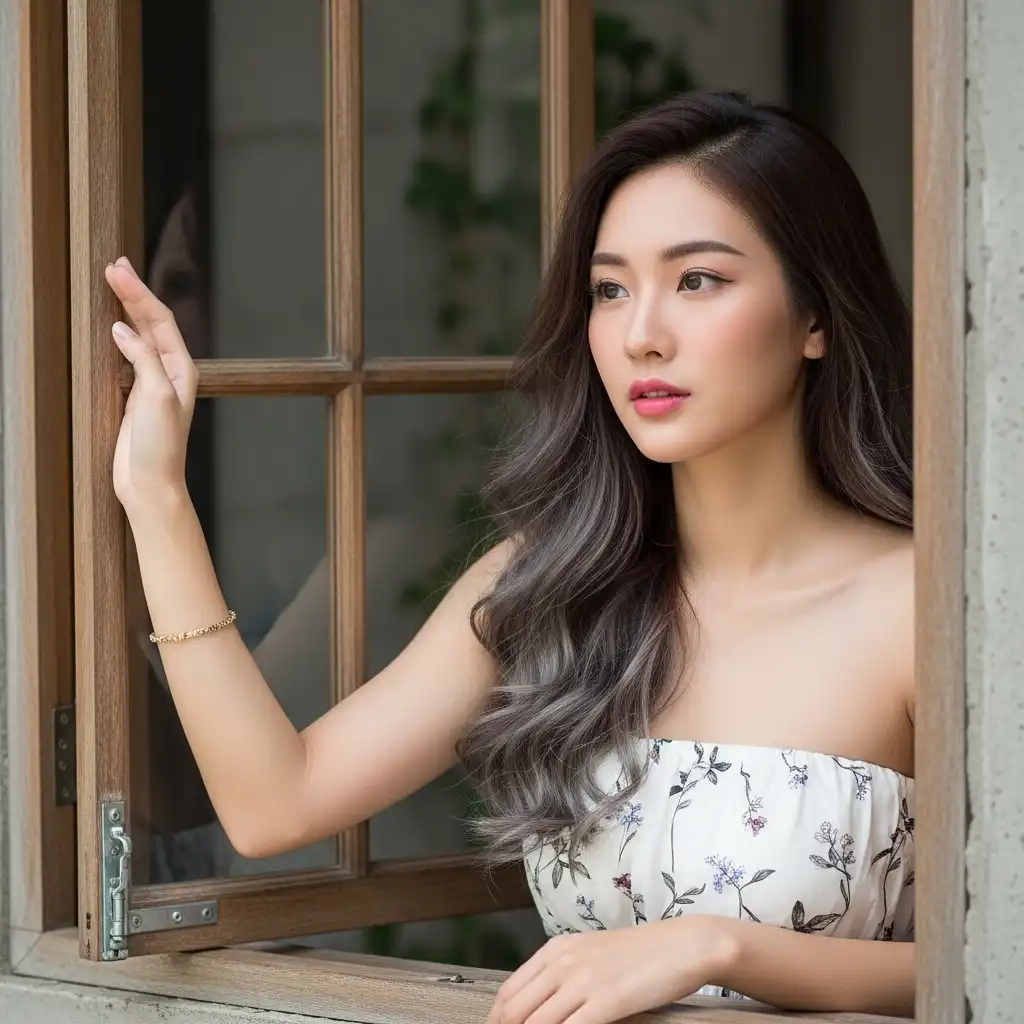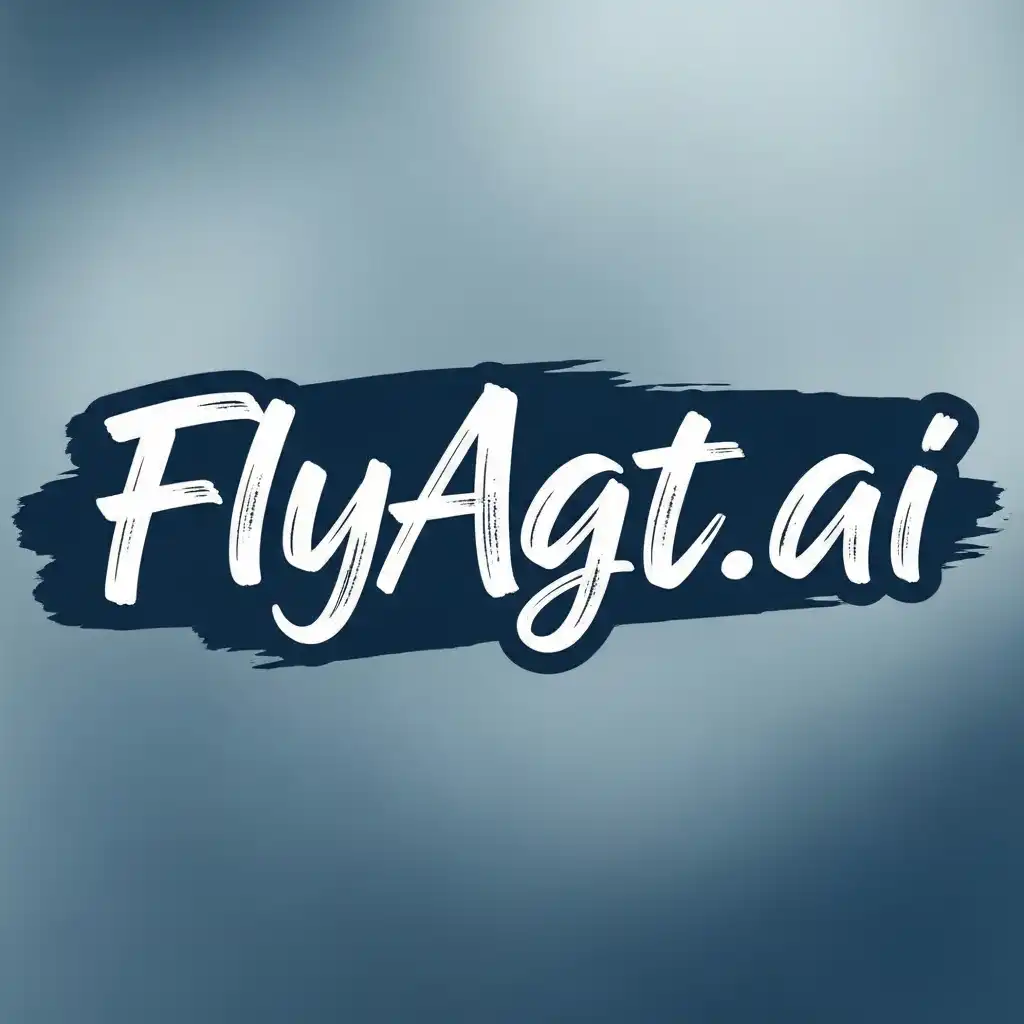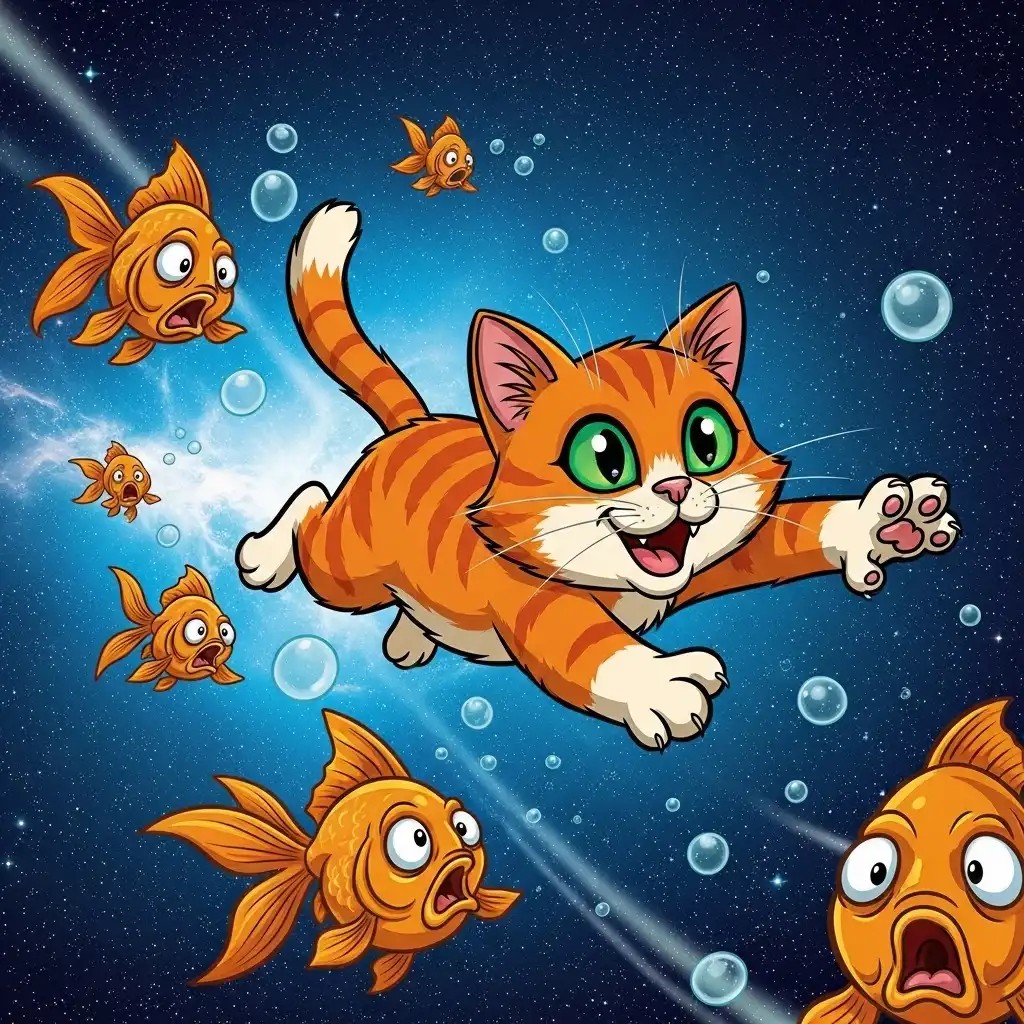
Summary
The image features a young woman looking contemplatively out of an open wooden window. She is positioned within the frame of the window, with soft natural light illuminating her face and upper body, conveying a sense of serenity or thoughtful observation.
Analysis
1. Domain Identification
- Identify the most likely domain of the image: Lifestyle, Portraiture, Fashion, or Stock Photography.
- Justify your classification based on visible elements: The image prominently features a person in a well-composed shot with good lighting and clear focus on the subject. The subject's appearance, attire, and the overall aesthetic suggest a curated image, often found in lifestyle blogs, fashion editorials, or commercially available stock photo libraries used for advertising or conveying specific moods and narratives.
2. Scene and Thematic Interpretation
- What is the image generally showing? Is it an object, a scene, an activity, a process, or an event? The image depicts a scene featuring an individual engaging in a seemingly tranquil activity: looking out of a window.
- Does the image reflect a dynamic state, a specific behavior, a condition, or a notable phenomenon? It reflects a static, contemplative state or a moment of quiet observation. The subject's gaze suggests curiosity, longing, or thoughtful reflection rather than a dynamic action.
- Summarize the overall theme, message, or intent inferred from the image content: The overall theme revolves around peace, contemplation, connection with the outside world, or perhaps a moment of personal reflection. It conveys a sense of calm and natural beauty.
3. Structural and Content Analysis
- Describe the key visual elements in the image (main subject, background, contextual cues): The main subject is a young woman with long, dark hair with greyish highlights, wearing a white strapless top with a floral pattern. Her left arm rests on the window frame, and she wears a delicate golden bracelet. The key contextual cue is the open, multi-pane wooden window frame, which frames the subject and provides a natural boundary. The background is softly blurred, showing indistinct green foliage or elements outside the window, maintaining focus on the woman.
- Explain the spatial or logical relationships between elements: The woman is positioned centrally, yet her gaze is directed off-frame to the right, leading the viewer's eye. The window acts as a natural frame, emphasizing her presence and the act of looking outwards. Her hand on the window frame creates a connection point between her and her surroundings. The shallow depth of field logically separates her from the background, highlighting her as the primary subject.
4. Photographic and Aesthetic Analysis
- How is composition used to emphasize certain elements (e.g., rule of thirds, leading lines)? The woman's face is positioned roughly along the intersection of the upper-right vertical and horizontal lines of the rule of thirds, creating a balanced yet engaging composition. The vertical lines of the window panes provide a natural framing device, drawing attention to the subject.
- What are the focus, depth of field, lighting, color balance, or stylistic choices? The focus is sharp on the woman's face and upper body. A shallow depth of field effectively blurs the background, creating pleasing bokeh and ensuring the subject stands out. The lighting appears to be soft, natural daylight, likely coming from the front or side, beautifully illuminating her skin and features without harsh shadows. The color balance is natural and slightly warm, contributing to the serene mood. Stylistically, the image is clean, polished, and appears to be professionally retouched for a smooth, appealing aesthetic.
- Does the image evoke any particular mood, emotion, or aesthetic effect? The image evokes a mood of tranquility, introspection, and softness. It conveys natural beauty and a peaceful moment, making it aesthetically pleasing and serene.
5. Imaging and Technical Characteristics
- Discuss the possible imaging method (e.g., camera type, spectral data, resolution): This image was likely captured using a digital single-lens reflex (DSLR) or mirrorless camera with a relatively fast prime lens (e.g., 50mm f/1.4 or 85mm f/1.8) to achieve the very shallow depth of field and pleasing background blur. The resolution appears high, with fine detail visible in the subject's hair, skin, and the texture of the wooden window.
- Identify any technical issues such as noise, blur, overexposure: There are no apparent technical issues. The image is sharp where intended, well-exposed, and exhibits very low to no visible noise, indicating good lighting conditions and proper camera settings.
6. Conclusion and Recommendations
- Summarize the key message of the image and its professional or communicative value: The image successfully communicates a sense of calm, contemplation, and natural beauty. Its professional value lies in its aesthetic quality and versatility; it could be effectively used in various contexts such as lifestyle advertising, wellness campaigns, beauty product promotion, editorial content, or as a high-quality stock image conveying peace and reflection.
- Recommend further analysis, processing, or potential refinements: Given its high quality and clear communicative intent, no immediate further analysis or processing seems necessary for typical use cases. For specific applications, minor adjustments to cropping or color grading could be made to fit particular design layouts or brand aesthetics. If part of a series, exploring different expressions or slight changes in pose could add more narrative depth.


